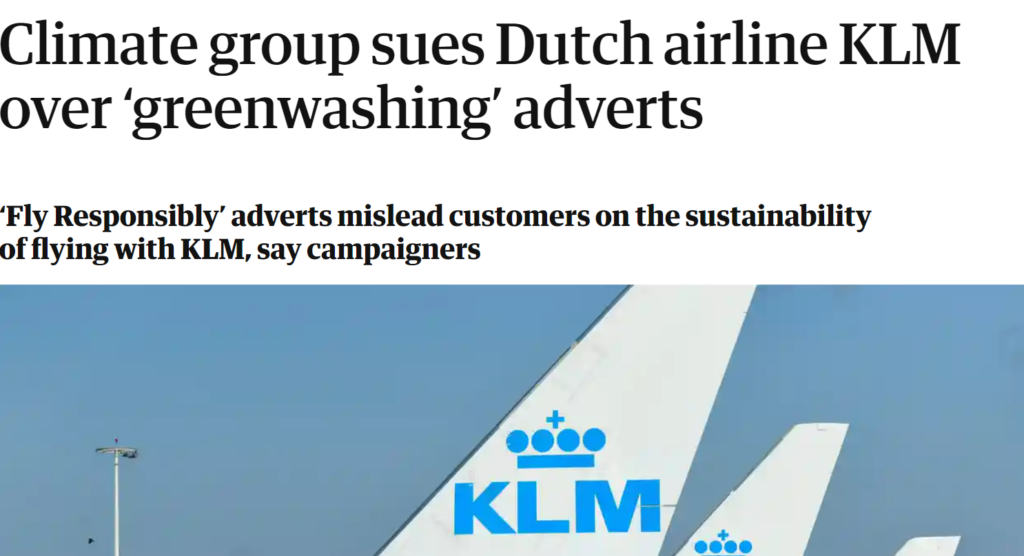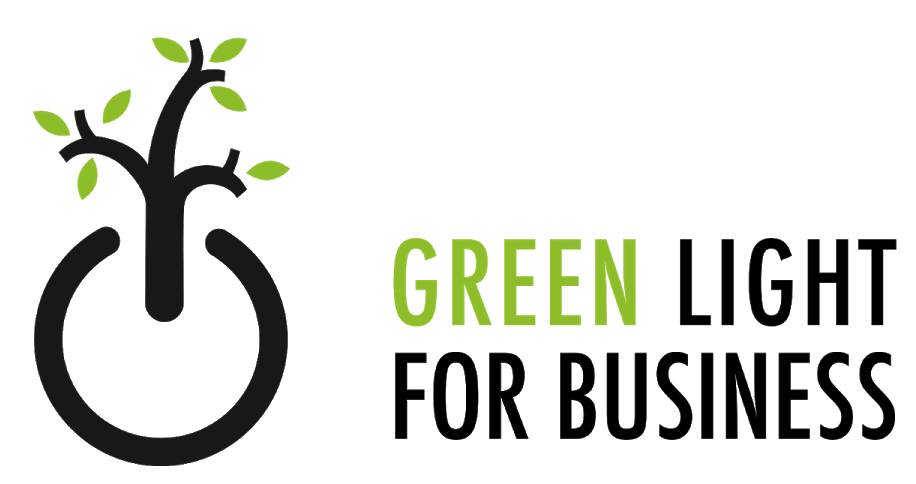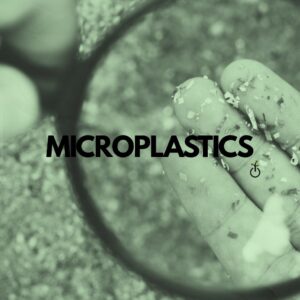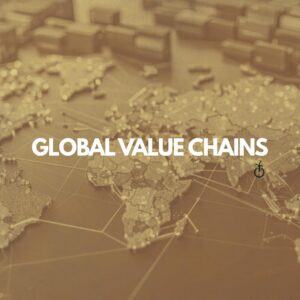By Enrico Merlo
In the last few years, customers’ sensibility towards environmental issues (such as pollution or global warming) and social responsibility have obliged companies to keep up with higher standards. But while some have actually produced results in term of sustainability, others have just tried to hide negative environmental performances behind false green facades.
Greenwashing can be defined as “providing misleading information to the public and investors in order for a company to appear more sustainable than it is”. Most of us have probably been victims of it; just think about how often we buy things because the label pictures the product as ecologically sound.
Many greenwashing cases have made the news in recent months: from HSBC’s misleading ads about planning to plant 2 million trees while still financing businesses which emit a significant quantity of CO2, to H&M being sued for using sustainability ratings fraudulently to sell products as environment-friendly. Greenwashing takes many forms, and customers’ trust is being increasingly compromised as a result.
Companies take advantage of the information asimmetry that they possess: usually people do not have the means or the time to research a product’s true origins or acompany’s sustainability ratings—even the authorities that are supposed to investigate greenwashing may often face the same constraint. A company can therefore cherry pick good deeds and promote them to show their commitment for a more sustainable future.
Greenwashing examples
In the case of HSBC’s ads, people were led to believe that the bank would invest in sustainability, while in reality they were still planning to finance fossil fuels at least until 2040. They didn’t provide false information; the ads simply omitted negative ones. The ads have been banned by the UK’s advertising authority, but we can only imagine how many other companies do the same.
Another example from 2022 of a fraudulent campaign is KLM’s ‘’Fly Responsibly’’, which was sued in the Netherlands. The airline company claimed that its customers would have been able to fly CO2 neutral, by paing extra fees which would then fund reforestation projects to absorbe the CO2 emitted. But carbon offsetting does not ensure the compensation of carbon dioxide emissions; this is why the ads have been ruled as misleading.

However, advertising is not the only field where there can be greenwashing. To bring an alternative example, a few years ago, Starbucks released a strawless lid, in order to show their commitment to reducing plastic pollution. The problem was that the new lid contained more polluting material than the lid-straw combination. The coffee giant stated that the lid was made of a recyclable plastic, but critics noted that just a tenth of the world’s plastic wastes are recycled.
Another form of greenwashing is relocating factories to countries with less tight environmental laws, which is known as carbon leakage.
What can be done
A good way to prevent falling victim to greenwashing is learning how to spot it: if the package of the product contains green imagery tbut presents no third-party certifications, it will most likely be a case of pure rebranding. If sustainable claims are not easily verifiable, or if the claims are too specific (i.e. ‘’we do not use plastic straws’’, while selling plastic cups), it is likely a case of greenwashing. However, a study from GreenPrint reports that 74% of respondents didn’t know how to identify sustainable products [1].
It seems as though the public is becoming aware of companies’ tricks, as the same study shows that 54% of American customers never or only sometimes believe sustainability claims, evidencing a growing mistrust towards big companies. Some people predict that customers will start supporting truly sustainable companies in the next few years. Investors are starting to require transparency from the companies they invest in, and the ESG investing sector is growing. Nevertheless, firms are not always held accountable for their actions, as very rarely does a lawsuit damage their pocket, while the main damage ends up to be the mere reputational damage.
Governments and international institutions should take the first steps to fight misinformation about sustainability, since voluntary regulations are obviously not enough. Universally-agreed standards have to be adopted. An example of an effective regulation could be imposing annual sustainability reports, which should be checked by independent institutions. It is important to differentiate companies with a science based transition plan from those with a lack of transparency. Ultimately, there should be heavier penalties for those convicted of greenwashing crimes.Summing up, these behaviours are probably diminishing, mainly because they are not as effective as before and because companies are starting to live up to their claims. Still, latest greenwashing scandals are a warning to not lower our guard, and more international regulations are highly required.
Bibliography
[1] https://www.businesswire.com/news/home/20210322005061/en/GreenPrint-Survey-Finds-Consumers-Want-to-Buy-Eco-Friendly-Products-but-Don%E2%80%99t-Know-How-to-Identify-Them




